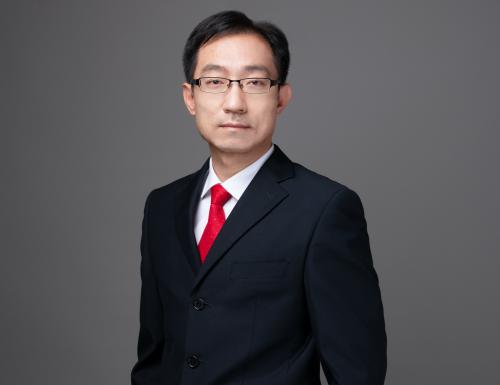Faculty
Self-introduction
Dr. Song Kun obtained both bachelor’s and master’s degree at Nankai University. Then, he pursued his Ph.D degree in Biology at Max-Delbruck Center for Molecular Medicine / Free University Berlin, Germany. From 2014 to 2019, he received consecutive postdoctoral training in Prof. Wei Chen’s group and Prof. Carmen Birchmeier’s group at biomedical institute - Max-Delbruck Center. Dr. Song came back to China in 2019 and became an associate professor at Southern University of Science and Technology (SUSTech). He mainly focuses on interrogating the mechanisms of different physiological functions orchestrated by the nervous system using various mouse models and interdisciplinary approaches in combination with single-cell whole transcriptomic analysis. Particularly, he is interrogating the mechanisms of core body temperature regulation, which will exploit our insights on understanding multiple metabolic and inflammatory diseases.
Research Interests
The molecular mechanisms and neural circuitry of thermosensation and thermoregulation;
Exploring the developmental atlas and the underlying mechanisms of nervous system using techniques of single-cell omics;
Professional Experience
2019 – now Southern University of Science and Technology Associate professor
2016 – 2019 Max-Delbruck Center for Molecular Medicine Postdoc
2014 – 2016 Berlin Institute of Medical Systems Biology Postdoc
Educational Background
2009 – 2014 Free University Berlin / Max-Delbruck Center for Molecular Medicine, Ph.D
2006 – 2009 Nankai University, Master
2002 – 2006 Nankai University, Bachelor
Honors & Awards
PHOENIX Science Award in 2017
Selected Publication
(*co-first author; #co-corresponding author)
[1] Fendler A, Bauer D, Busch J, Jung K, Wulf-Goldenberg A, Kunz S, Song K, Myszczyszyn A, Elezkurtaj S, Erguen B, Jung S, Chen W, Birchmeier W. Inhibiting WNT and NOTCH in renal cancer stem cells and the implications for human patients. Nat Commun (2020) 11:929.
[2] Rathjen T*, Yan X*, Kononenko NL, Ku MC, Song K, Ferrarese L, Tarallo V, Puchkov D, Kochlamazashvili G, Brachs S, Varela L, Szigeti-Buck K, Yi CX, Schriever SC, Tattikota SG, Carlo AS, Moroni M, Siemens J, Heuser A, van der Weyden L, Birkenfeld AL, Niendorf T, Poulet JF, Horvath TL, Tschöp MH, Heinig M, Trajkovski M, Haucke V, Poy MN. Regulation of body weight and energy homeostasis by neuronal Cell adhesion molecule 1. Nat Neurosci. 2017, 20(8):1096-1103.
[3] Song K*, Wang H*, Kamm GB*, Pohle J, de Castro Reis F, Heppenstall P, Wende H, Siemens J. The TRPM2 channel is a hypothalamic heat sensor that limits fever and can drive hypothermia. Science. 2016, 353(6306):1393-8.
[4] Schrenk-Siemens K, Wende H, Prato V, Song K, Rostock C, Loewer A, Utikal J, Lewin GR, Lechner SG, Siemens J. PIEZO2 is required for mechanotransduction in human stem cell-derived touch receptors. Nat Neurosci. 2015, 18(1):10-6.
[5] Pan L, Song K#, Hu F, Sun W, Lee I#. Nitric oxide induces apoptosis associated with TRPV1 channel-mediated Ca2+ entry via S-nitrosylation in osteoblasts. Eur J Pharmacol. 2013, 715(1-3):280-5.
[6] Pan L, Zhang X, Song K, Tang B, Cai W, Wu X, Rupp RA, Xu J. Real-time imaging of autofluorescence NAD(P)H in single human neutrophils. Applied Optics. 2009, 48(6): 1042-1046.
[7] Pan L, Zhang X, Song K, Wu X, Xu J. Exogenous nitric oxide-induced release of calcium from intracellular IP3 stores via S-nitrosylation in respiratory burst-dependent neutrophils. Biochem Biophys Res Commun. 2008, 377(4):1320-5.



